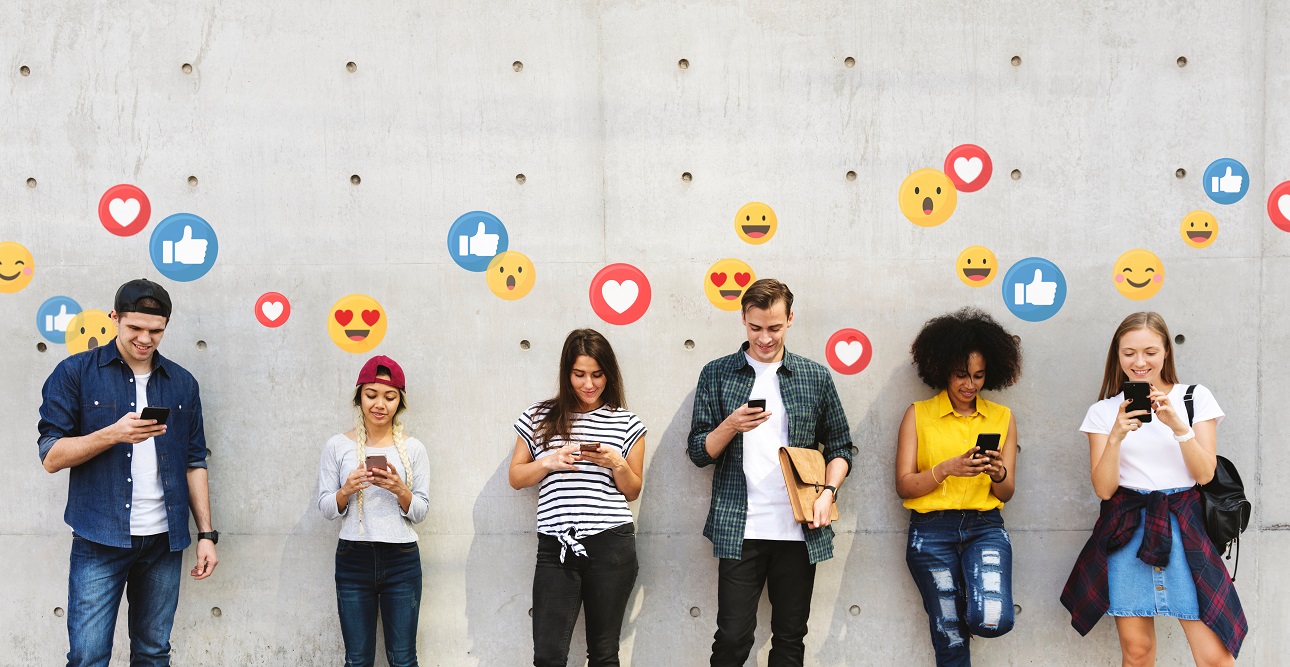
A lot can be said about the effectiveness of influencer marketing and influencers, but one thing is certain: more followers isn’t always better. In this article, we’ll look at the common mistakes many businesses make when hiring influencers, and what you should do instead. If you’re considering reaching out to an influencer for a collaboration, you should read this first.

What exactly is an influencer?
Many who try to explain what an influencer is often define it as “Someone who has a lot of followers.” I’ve even heard people call themselves influencers just because they have a few thousand followers. The problem with this definition is that the number of followers isn’t what matters — it’s how many you can actually influence in the desired direction.
A better definition of “influencer” is:
“A person who can influence others.”
A good influencer, from a marketing perspective, is also good at influencing their audience to convert.
So, it’s not about the number of followers. Followers can be bought, but no one will care who you are and you’ll never be able to influence them to do anything. That doesn’t make someone an influencer worth paying for if their followers aren’t engaged.
In fact, we are all influencers — in the same way many of us have become amateur epidemiologists over the past year. It’s something that interests us, and sometimes it’s second nature to influence others to make decisions. Many married couples, for example, often consist of a micro-influencer and a follower.

What should you consider before starting a collaboration?
If you keep in mind the definition of what an influencer really is, finding the right partner becomes much easier. The focus should be on finding someone who can influence their followers to take actions that align with your goals — for example, buying your products.
Instead of only looking at the number of followers someone has, you should look at other, more relevant data when deciding on a collaboration.
- The audience/followers
It’s easy to get blinded by the number of followers, but you should dig deeper and look at who that audience actually is. Does it match your target group? How does the influencer communicate with their followers? Are the followers truly engaged (do they interact and respond)? Sometimes it’s better to work with someone who has fewer followers but whose audience aligns with your company’s message.
- Previous collaborations
It can be worthwhile to look into previous collaborations, if any exist. If the influencer has worked with your competitors or promoted similar products/services, it’s worth analyzing that. Pay attention to how creatively they present the products. Do they go the extra mile, or is it just a simple picture of the product with a short caption?
If it feels forced or unnatural, that may be a sign the creator either hasn’t figured out how to integrate the message into their content or has simply let the paying company dictate everything. Neither sends positive signals. The offer the influencer presents must feel natural and ideally be an integral part of the story. Too often, the collaboration interrupts the actual content, and then it just feels like watching an ad you can’t skip.
- Can the influencer drive conversions?
If your goal is to turn the influencer’s audience into customers, you need to ensure early in the process that the person has enough influence over their followers to drive conversions. It’s not uncommon for influencers to avoid showing how much sales their previous collaborations have actually generated. But this is something they should be aware of — because if their marketing works, they could use that data to convince more brands that their past collaborations have paid off, beyond simply reaching X number of people.

In conclusion
In this article, I’ve tried to highlight what you as a business owner should think about before starting a collaboration with an influencer. The focus here has been on situations where your main goal is to drive sales. Of course, there are other important objectives too. From an SEO perspective, collaborations with both large and small influencers can generate links — from their sites as well as others — which can strengthen your site in Google’s eyes.
If you want to reach a broader audience, it may be a good idea to work with an influencer who has a larger following, provided they align with your brand values. However, the goal of “reaching out” and “building awareness” shouldn’t be the main focus of your campaigns. If your products don’t sell, it doesn’t matter how well-known you or your company are.
